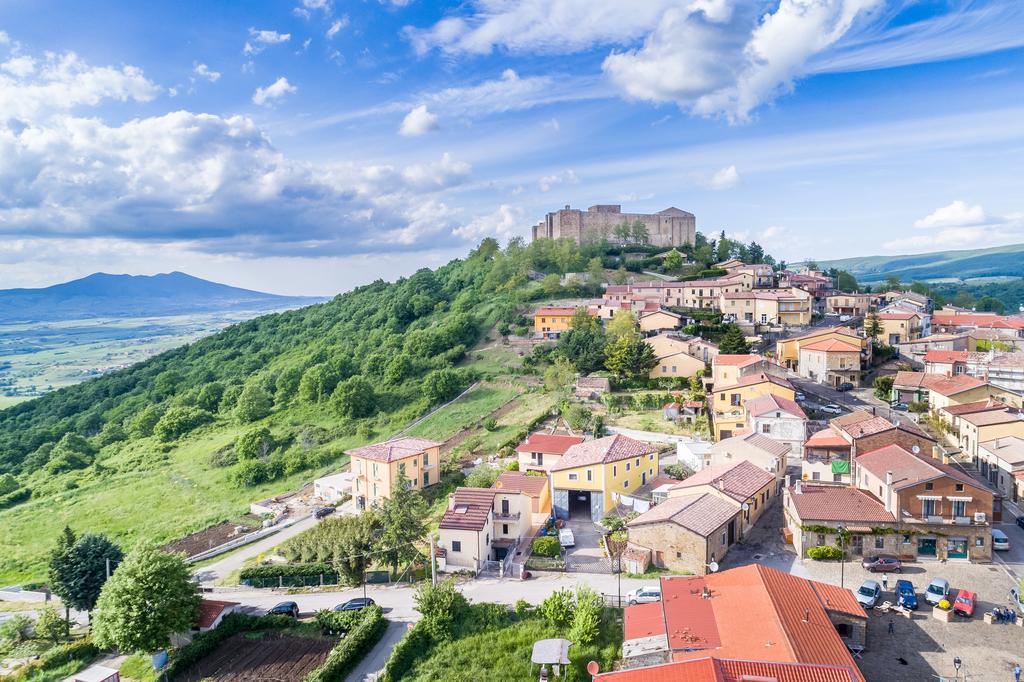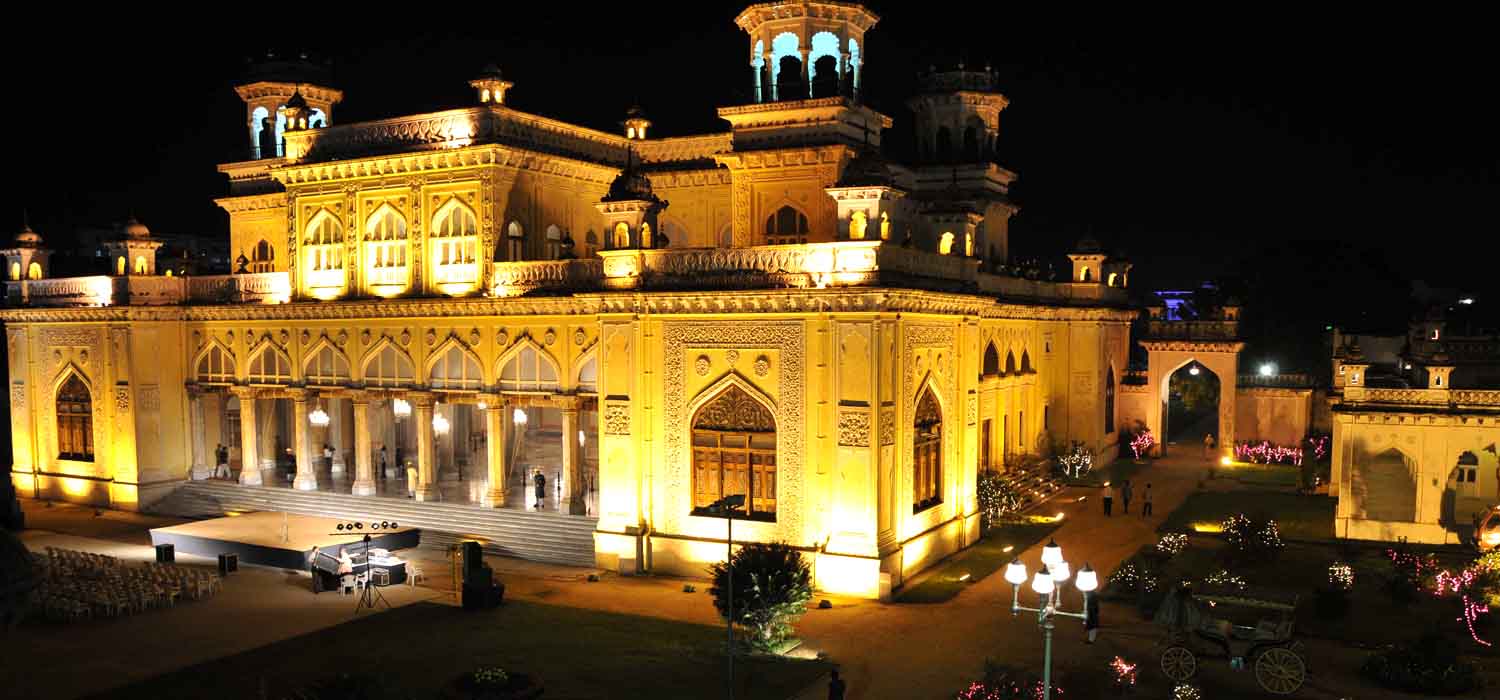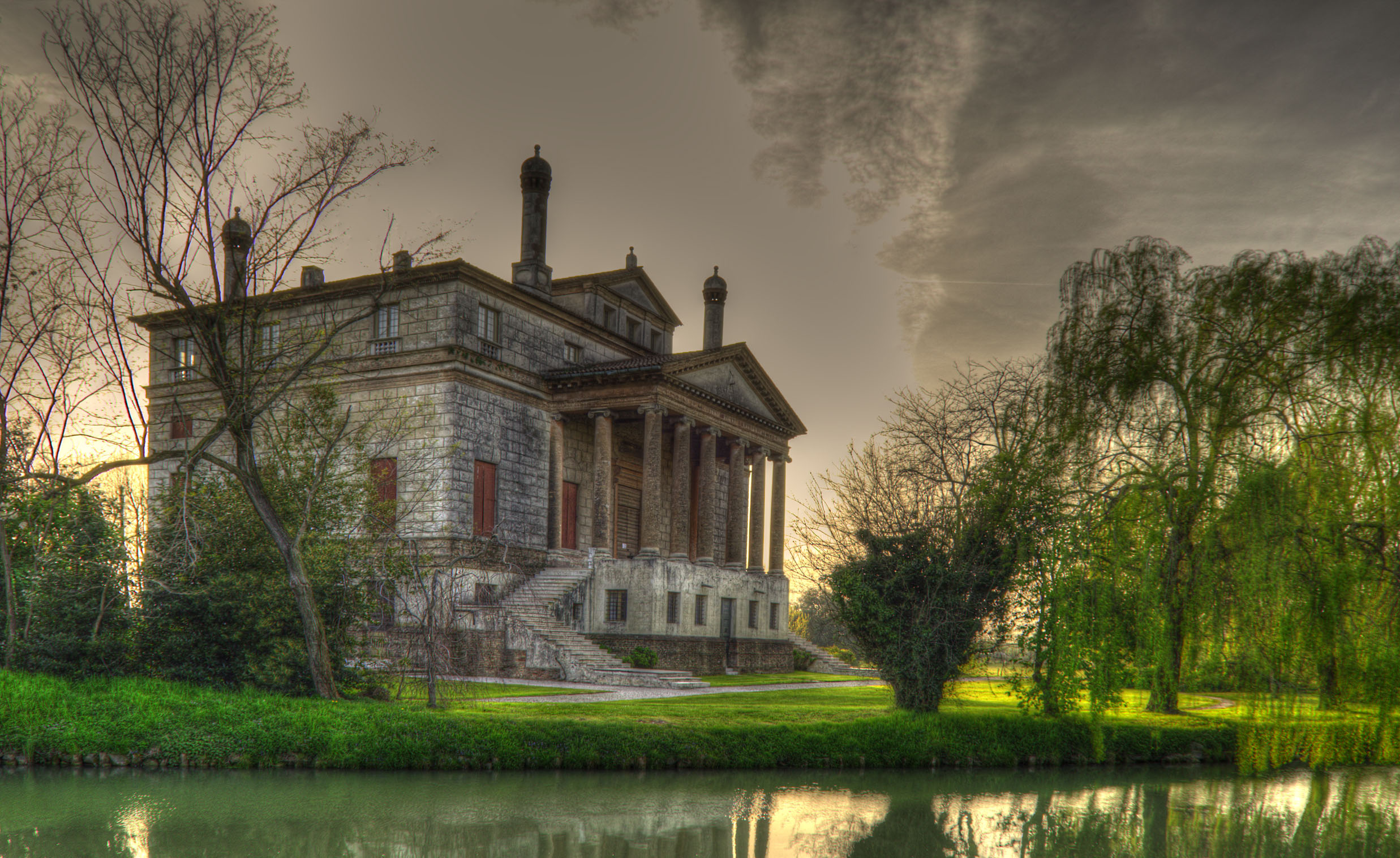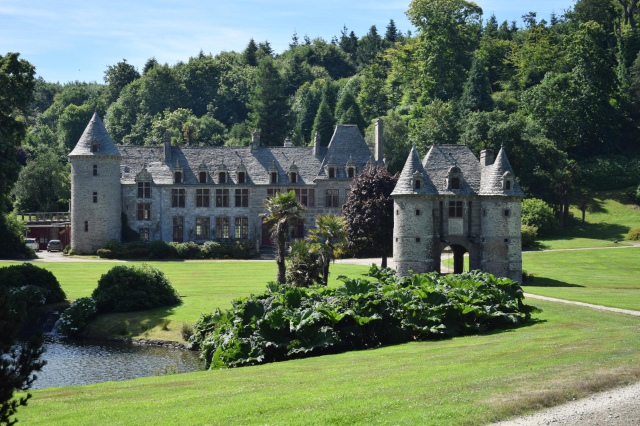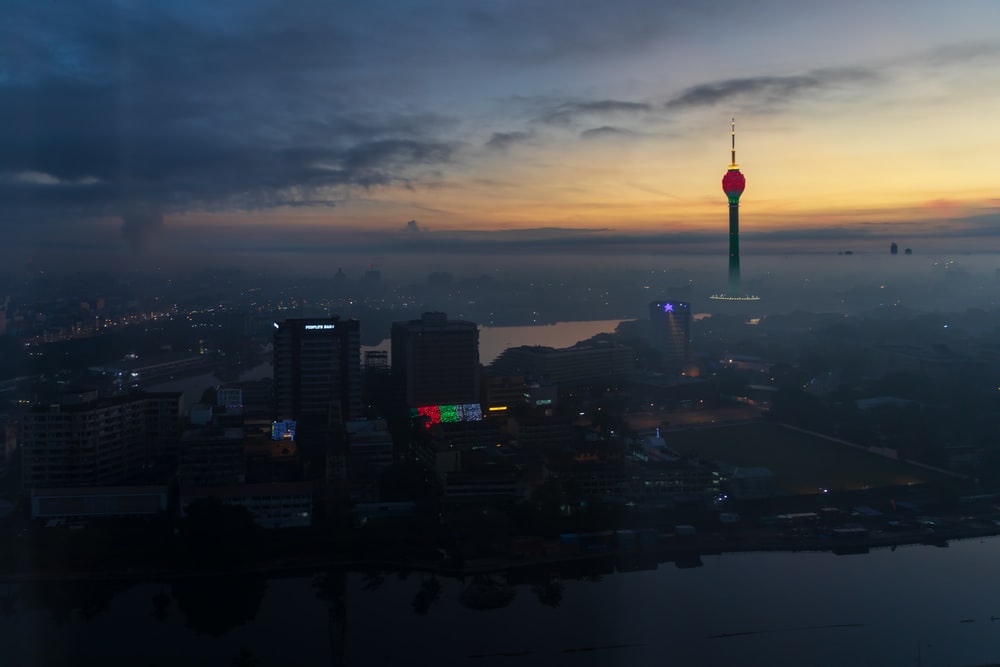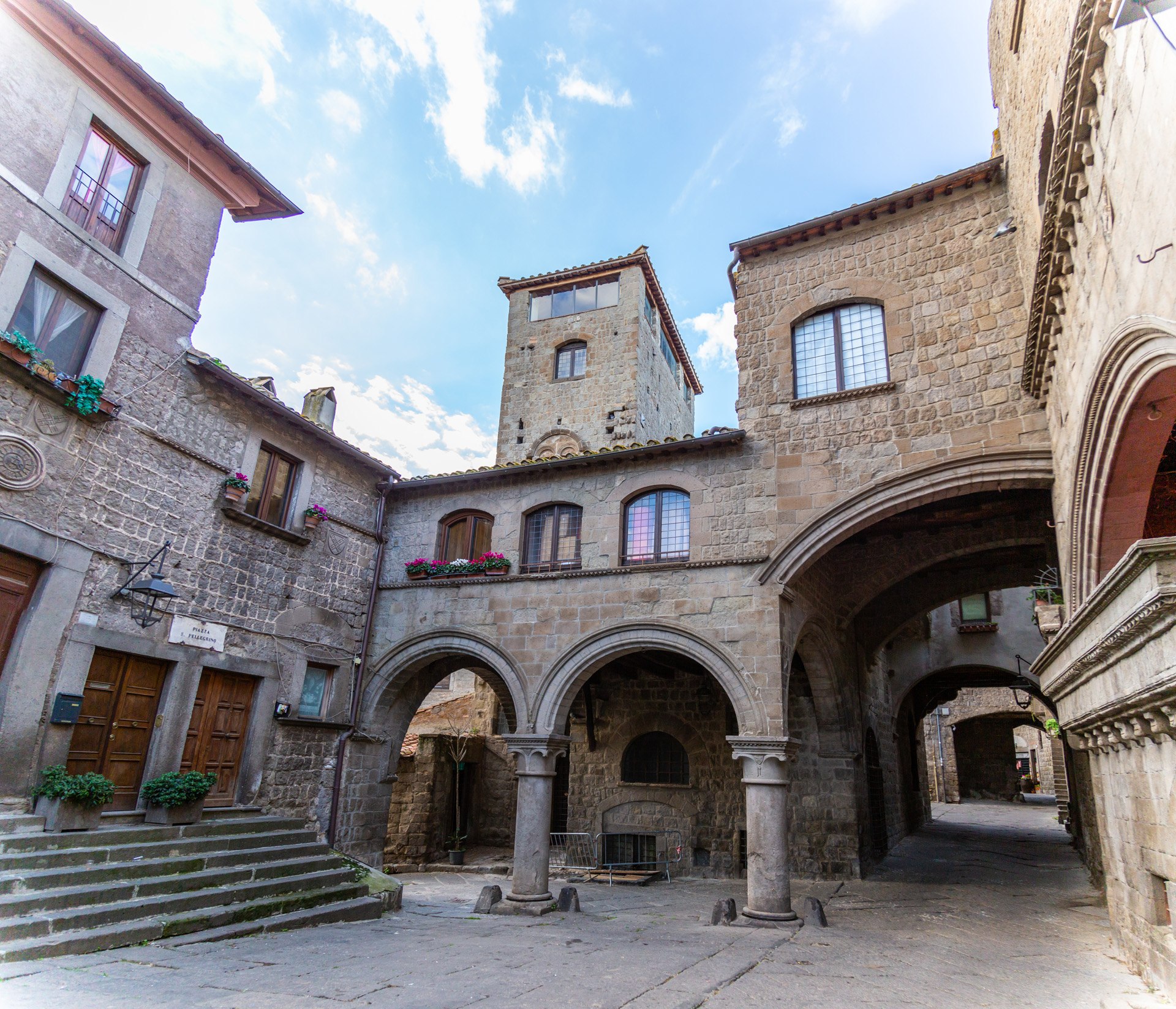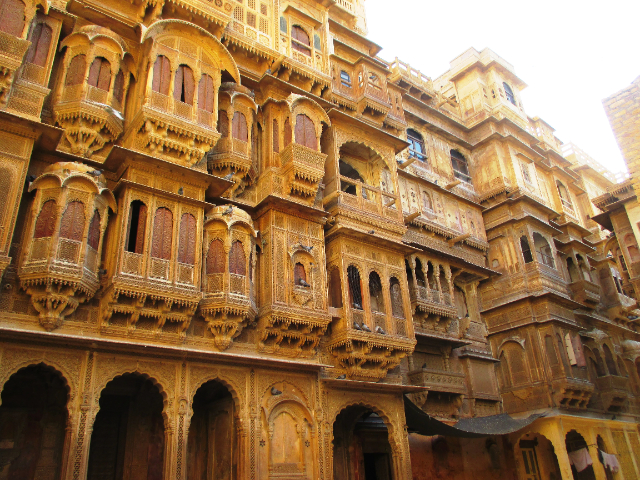It is considered one of the last residences commissioned by Emperor Frederick II of Swabia in the land of Basilicata, built between 1242 and 1250. It is considered an imposing testimony of medieval fortified architecture in which the presence of a palatine chapel is of interest, a rather rare and singular case for a building commissioned by the Stupor Mundi.
In its present form, the fortress appears as a massive rectangular block whose rooms, spread over two floors, are distributed around two courtyards, a major one, overlooked by the halls, the reception rooms, adorned with splendid capitals depicting the flora and fauna of the surrounding area, and the church, and a minor one, which houses in the middle the donjon that in ancient times was intended for service activities. The present appearance is the result of numerous renovations and additions.
The Swabian architects added to the Norman-era building in the north wing a hall for listening to music and some fireplaces, and a staircase in the west wing, while they began ex novo the building of the donjon, the last bulwark of defense, in the minor courtyard, using as material stones extracted from a quarry made in the same courtyard.
